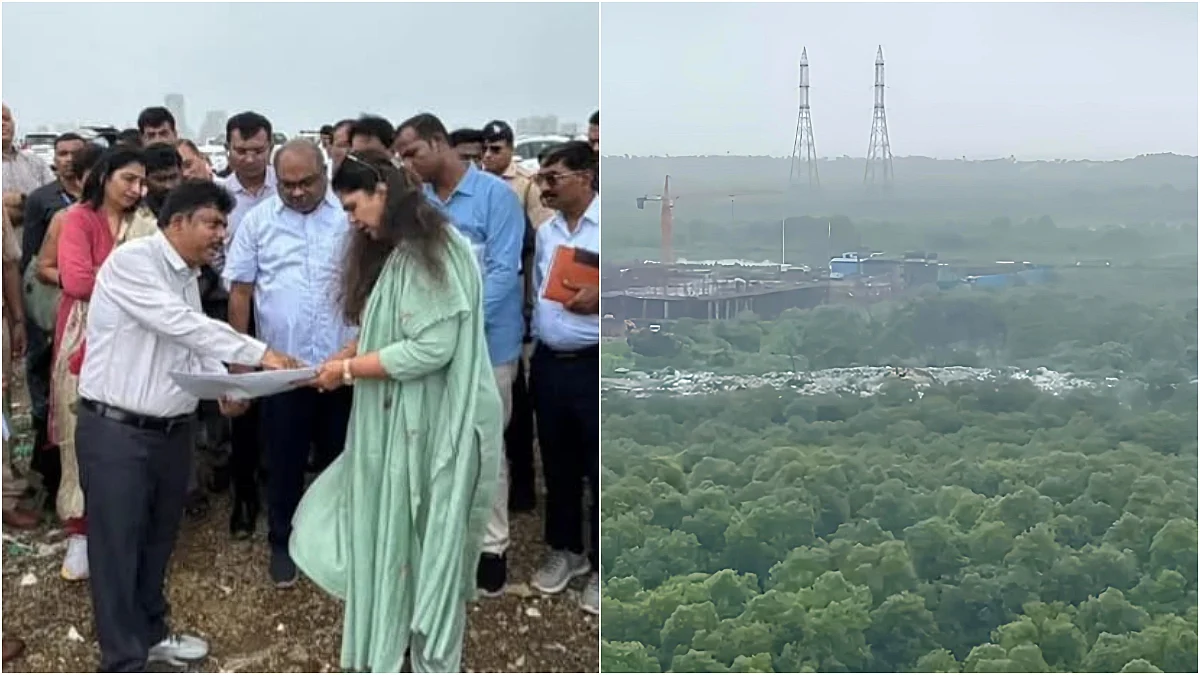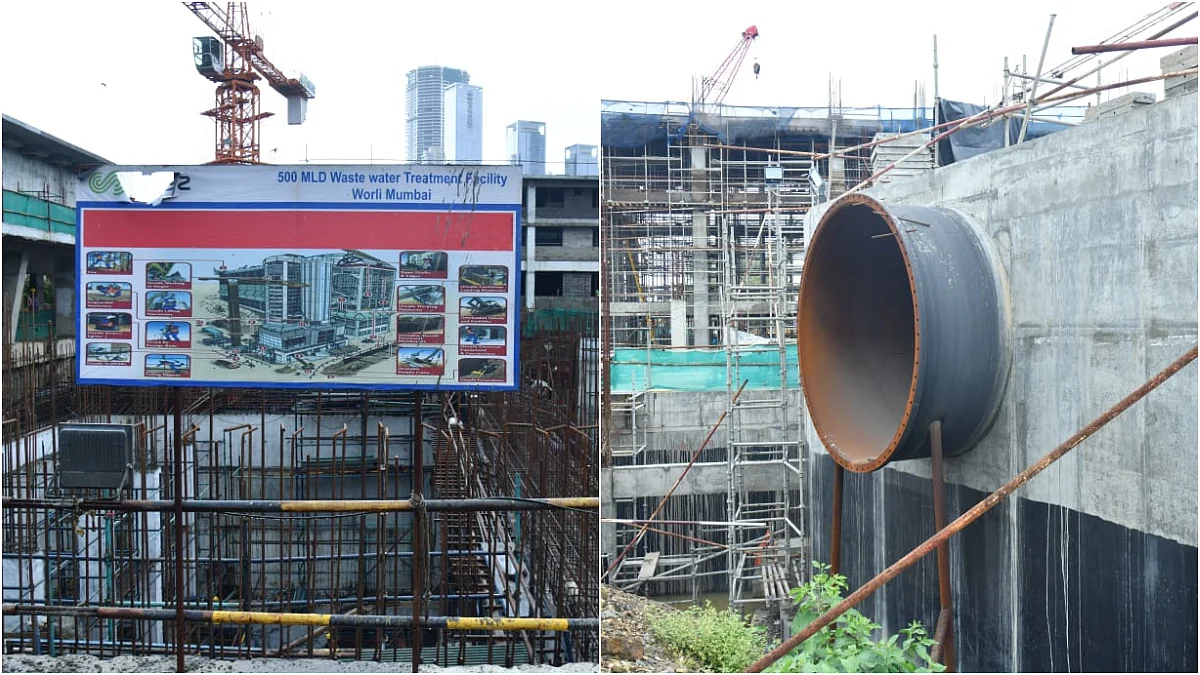Mumbai: National High Speed Rail Corporation (NHSRCL) erected first steel bridge of 70 metres length, across National Highway-53 at the city of Surat in Gujarat for Mumbai- Ahmedabad High Speed Rail ( MAHSR) corridor today.
This is the first of the 28 steel bridges which will be the part of MAHSR corridor. Approximately 70,000 MT of specified steel is estimated to be used in the making of these steel bridges. The length of these steel bridge span varies from 60 meter ‘Simply supported’ to 130 + 100 meter ‘continuous span’.

Make-in-India vision
Along with Japanese knowhow, India is increasingly utilising its indigenous technical and material capabilities to build the infrastructure under Make-in-India vision. Steel Bridge for high speed rail corridor is one of such examples.
"Steel bridges are most suitable to cross Highways, Expressways and Railways lines. Unlike pre-stressed concrete bridges, spanning 40 to 45 meters, which are suitable for most sections, including river bridges. India has the expertise of fabricating Steel bridges for heavy haul and semi high-speed trains which run between 100 and 160 kmph. And, this is for the first time, a Steel bridge to support a Shinkansen Bullet train running at a speed of 320 km per hour was fabricated and successfully launched with precision" said an official.
"Once ready at the workshop at Hapur district near national capital Delhi, which is almost 1200 km away from location of bridge site, the steel structure, which consists of nearly 700 pieces and 673 Metric tonnes, were transported on trailers to the site of installation.
Assembly of the bridge
At the site, the Steel Bridge of 12 to 14 meter in height was assembled on the staging above 10- to 12-meter-high piers. Thereafter the launching nose of approx. 200 metric tons weight was assembled with the main bridge assembly. With massive care and expertise, the Bridge Assembly was pulled to its intended span through specially designed pulling arrangement under the complete traffic block on National Highway" further added officials.
According to NHSRCL, each production batch of steel was tested by Ultrasonic Testing (UT) at the manufacturer’s premises. The making of steel bridges undergoes high-tech and precise operations of cutting, drilling, welding and painting as per the design drawings prepared by Japanese engineer. Contractor is mandated to employ welders and supervisors certified by International Welding Experts. The welding process is also monitored by Japanese International Welding Experts (IWE) stationed at each workshop. Fabricated structure undergoes Check Assembly process. And then follows the sophisticated 5- layered painting of the steel structure.
"The painting technique adopted for the steel girders is first-of-its-kind in India. It conforms to C-5 Painting system of Japan Road Association’s “Handbook for Corrosion Protection of Steel Road Bridges” said an official of NHSRCL.
Pointers:
Length of the main bridge: 70 meter
Weight of the main bridge: 673 MT
Launching nose length: 38 meter
Launching nose weight: 167 MT
Steel used: 673 MT (Main Bridge)











